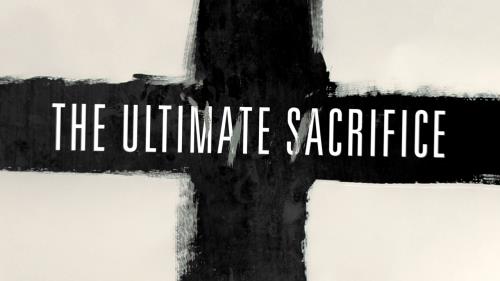-
John Baptizes Jesus Series
Contributed by Dan Brown on Nov 28, 2017 (message contributor)
Summary: A look at the historical context for the baptism of Jesus and it’s practical applications for us today.
Sermon 1/28/07-Matt. 3:10-17-John Baptizes Jesus
Background: Matthew Jumps from birth to Christ’s adulthood beginning with His ministry
Gain insight through understanding the Jewish Educational system in the Second temple period (time of Christ)
-To the best of our knowledge, can’t say with 100% certainty, but his is what we can know & understand from ancient manuscripts, historians, Mishnah (oral traditions).
-give us insight into the life and culture Christ lived in, understand what happened between his birth and the beginning of His ministry.
-Schools associated with local synagogue’s.
-Began schooling in Beth Sefer (5-10 yrs.) (house of the book) Taught by local torah teacher. Learned the Torah, reading and writing, best students had it memorized by the time this level was done. When this level of education was finished most students (all girls) stayed home to help with the family, learn to be a good wife or for the boys learn a trade.
The best students from Beth Sefer would continue on to Beth Midrash. (10-14) Studied the rest of Scripture, & interpretations of the oral Torah. Had the rest of the Jewish Scriptures memorized by the time they were finished. Also learned the Jewish art of questions. Not just retaining info, but processing it, understanding it.
-At some point around this time a boy would most likely participate in his first Passover (age 12-13).
-Age 14-15-the best would go on to Beth Talmud-apply oral and written law
-The Best of the best desired To be a rabbi– they would go to a powerful rabbi and ask to become a talmudim. (disciple) the rabbi would ask them questions to determine if they could one day become a rabbi. If the rabbi deemed them worthy he would call them to be his talmudim. You would leave your family and follow this rabbi.
A few Rabbi with authority-powerful rabbi-S’mikhah Rabbis,
- very special (maybe only a dozen at the time of Jesus, including Gamaliel, Paul’s Rabbi, as the most well known) in that they were able to render new interpretations of Torah, and they could take on disciples (talmidim), who would follow them throughout their schooling. One formula for rendering such rulings was “You have heard it said ___, but I tell you ___.”
For a rabbi to have s’mekah, 2 other powerful rabbi’s with s’mekah had to lay thier hands on him and say that this rabbi is truly special.
Described in the Mishnah (oral tradition) like this
“at 5 yrs. Old, fit for the Scripture, at 10 yrs. The Mishnah, at 13 for the fulfilling of the commandments, at 15 Talmud (making Rabbinic interpretations), at 18 the bridechamber, at 20 pursuing a vocation, at 30 for authority. (able to teach others.)”
Describes the best of the best, very few were able to become teachers,
Seems to track with what we know of the early life of Christ.
at 12 He observed 1st Passover in Jerusalem, Luke 2:46-47. What was Christ doing, engaging in what he had been taught, the Jewish art of questions interacting with the rabbi’s, they were amazed, Christ had obviously been a student-great student, amazed at His understanding.
Nothing more until when age 30 when he is of the age to teach with authority. Let’s look at what happened.
Read matt. 3:11-17.
I. The Baptism of John-transliterated from Greek to Latin, because there was no suitable translation. root meaning “to dip, soak, immerse” into a liquid, so that what is dipped takes on the qualities of what it has been dipped in. From the process of dying cloth.
Jewish context of baptism- Understand baptism at the time
-Jewish reasons for baptism
-Ritual Purity-According to the Torah one had to be ritually pure before entering the Tabernacle or Temple. Ritual purity could be lost in many ways; the preeminent means of restoring it was through washing. Ritual immersion (baptism) in water during the period of the Gospels seems to have been used for several reasons. Jewish law indicates that certain activities or conditions such as touching a dead body (Num. 19), giving birth (Lev. 12), or having diseases of the skin (Lev. 13:10,11) would cause a person to be ritually unclean. At this time there was even a “mikvah” ritual bath used for this ritual washing located at the base of the steps up to the temple mount.
-Another reason a person might go through ritual immersion is to identify with a particular doctrinal perspective or teacher/rabbi. In first century Judaism it was accepted that Rabbi’s spoke with God’s authority. However, the various schools of Rabbinic thought led to the need for public identification with a particular Rabbi. So to be baptized “in the name of” a Rabbi revealed a persons submission to that Rabbi.
-Done by a Rabbi with s’mekah
-A third reason people were baptized during that time was for Gentiles converting to Judaism. A one-time washing the Jews performed for Gentiles, signifying their coming as outsiders into the true faith of Judaism.

 Sermon Central
Sermon Central



